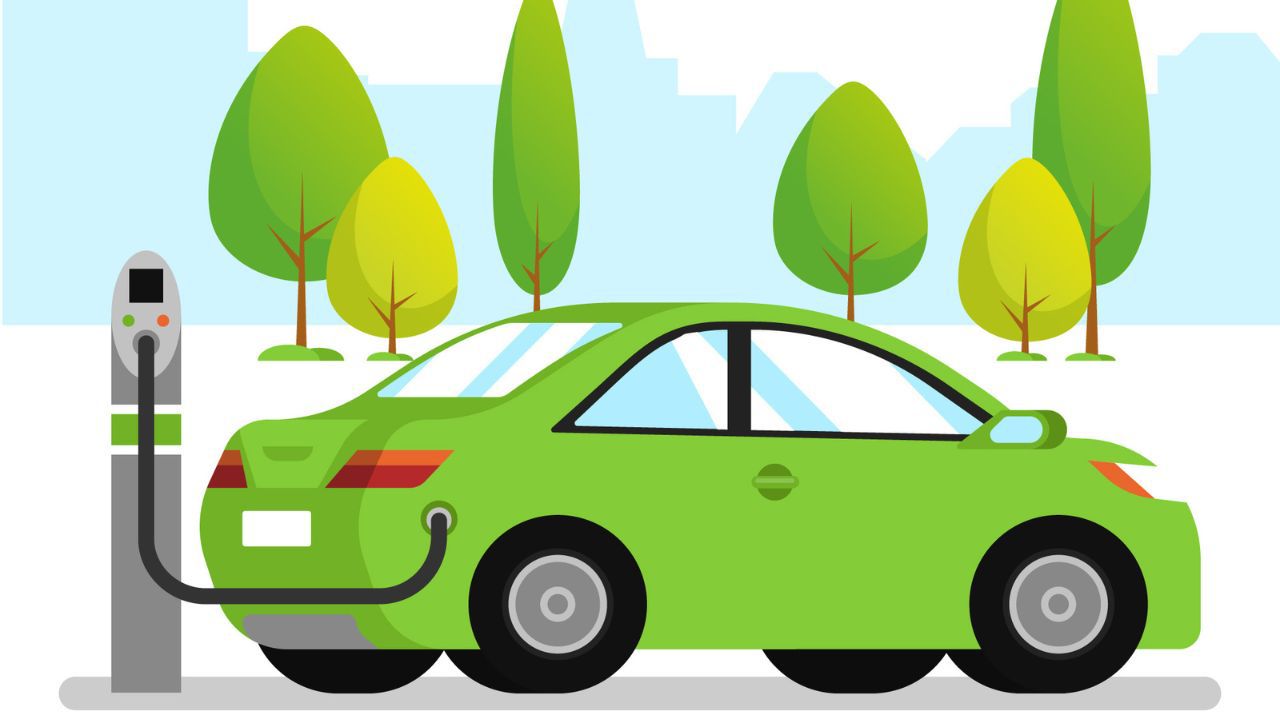India’s electric vehicle (EV) revolution appears to be inching forward, but not at the pace many had hoped. According to new market projections, EVs are expected to account for just 7 percent of all passenger vehicle sales in the country by 2028. While this represents a threefold increase from current levels, it also underscores the challenges that continue to hinder the sector's progress.
Current Numbers Show Promise, But Not Disruption
In the financial year 2024–25, electric cars accounted for approximately 2.3 percent of the total passenger vehicle market in India. That translates to around 90,000 electric vehicles sold out of nearly 4 million passenger cars. While the growth trend shows momentum, it’s far from the kind of disruptive change needed to position EVs as mainstream. The 7 percent projection for FY28, though seemingly ambitious, actually signals a rather slow and cautious transition.
Also Read: OpenAI Quietly Adds Google Cloud to Its Inner Circle
Affordability Still a Major Barrier
One of the core issues slowing EV adoption is pricing. Most electric vehicles remain significantly more expensive than their petrol and diesel counterparts, especially in the mass-market segment. While buyers of compact SUVs and premium hatchbacks have shown a willingness to stretch their budgets for electric options, the broader consumer base has not yet followed suit.
Efforts by manufacturers like Tata and MG—through models like the Tiago EV and Comet—are targeting entry-level buyers, but the cost gap still looms large. Much of this premium can be traced back to battery prices. Even though global battery costs have been gradually falling, these reductions have not yet translated into substantial price cuts for Indian consumers.
Charging Infra Remains Patchy
Another pressing concern for potential EV buyers is the lack of widespread, reliable charging infrastructure. Although public charging stations are gradually being installed in major cities and along highways, access remains uneven, particularly in tier-2 and tier-3 cities. For urban residents without private parking spaces, setting up a home charger continues to be a logistical challenge. Apartment dwellers and those in older, congested neighbourhoods often lack the facilities to support EV charging, making ownership less practical. Unless charging becomes as seamless and accessible as refuelling at a petrol station, mass adoption will remain elusive.
Also Read: YouTube Just Dropped a Game-Changer for Indian Creators- the Hype Tool
Policy Support in Transition
Government incentives have played a critical role in the EV sector’s growth so far. The central government’s FAME II scheme and state-level policies in regions like Maharashtra, Delhi, and Tamil Nadu have given the market some initial thrust. However, with FAME II nearing its conclusion and no official word yet on the next phase, there is growing uncertainty among both consumers and manufacturers. This lack of clarity over future subsidies is creating hesitation in the market, slowing down purchase decisions and potentially stalling production plans.
A Measured Climb, Not a Breakthrough
While the forecasted rise to 7 percent EV penetration by 2028 reflects cautious optimism, it also underscores how much work remains. For electric cars to become truly mainstream in India, several conditions must be met: pricing needs to dip below the ₹10 lakh mark for standard models, public charging infrastructure must become faster and more reliable, and consumers must feel confident about long-term resale value. The coming three years could be crucial. They will determine whether electric cars remain a niche offering for the privileged few—or whether they finally begin to drive petrol and diesel options off Indian roads.




